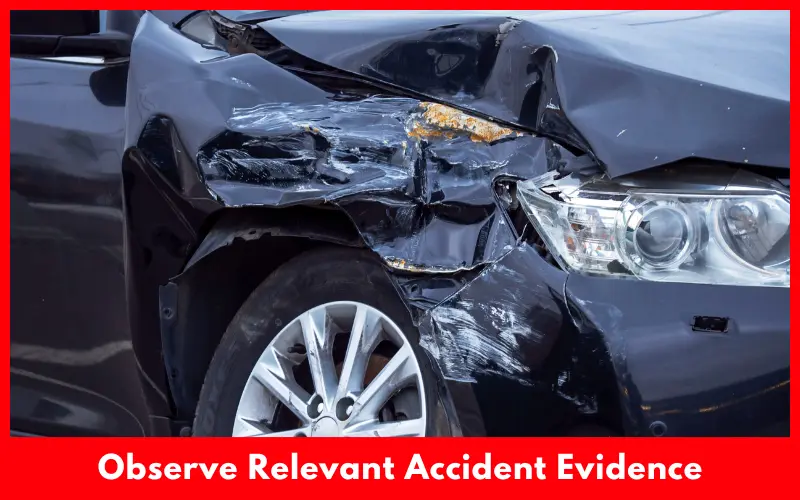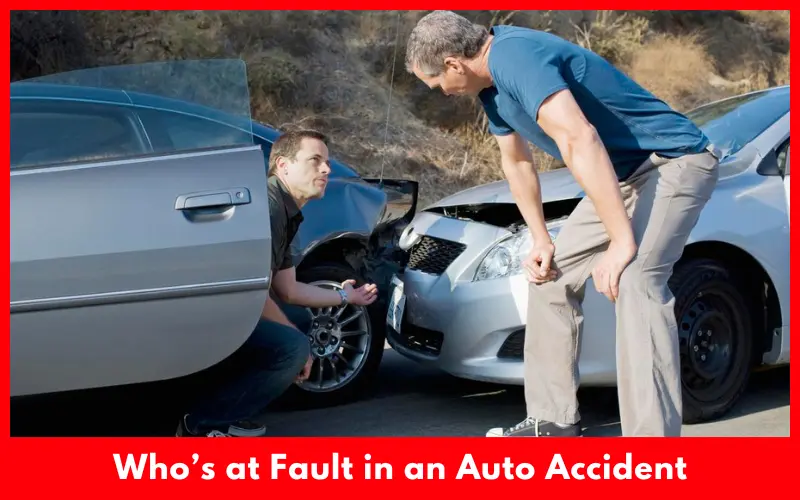Auto accidents, even fender benders, are never a happy thing. But sometimes even the smallest of accidents can result in significant injury or injuries to both drivers and passengers.
Unfortunately vehicle accident happens because of heavy driving or unawareness. It’s important to find out who is at fault in an auto accident.
When it comes to accidents, emotions can run high, and a whole bunch of blame can be tossed around by both, or more, parties involved.
Says Neufeld Law Firm, car accident attorneys in Miami, while it can be very difficult if not impossible to determine the true fault in lots of vehicular accidents, a car accident lawyer can put together the evidentiary pieces and help your case significantly.
Article Summary
How To Determine Who’s at Fault in an Auto Accident
Generally speaking, the driver who is responsible for an accident must pay for all damages. Or so claims a new report. But many states possess “complicated systems of determining fault,” which means a certain percentage of fault can be attributed to each driver. This results in differing monetary payouts for each party involved.
For the most part, driver’s insurance companies will hash out each of the driver’s liability and, in turn, seek out the indemnification from the opposing company to cover their insured client.
Believe it or not, insurance companies are not obligated to assume the same conclusions as law enforcement officials when it comes to fault. In fact, it’s the insurance companies who have the final say when it comes to fault.
That said, here are some of the steps behind determining who is truly at fault in an auto accident.
Take Note of any Violations of Traffic Law
Drivers who violate traffic laws such as running a red light or a stop sign, are almost always held responsible for a vehicular accident. If one of the drivers is issued a formal citation for running a stop sign, speeding, texting, or any other violation, he or she will certainly be at fault.
If the police are on the scene to issue these tickets/citations you, as an accident victim, need to judge for yourself whether an obvious infraction of the law has occurred. But keep in mind, that local traffic laws will differ from state to state.
Insurance companies also reserve the right to disagree with police findings. But in the end, it’s always best to call the police immediately after an accident.
Observe Relevant Accident Evidence
The police along with the insurance companies rely on a few different varieties of evidence when it comes to determining true fault in a vehicular accident. Anything that’s relevant to the accident can be considered and introduced as evidence.

Photos of the accident scene can help tremendously when it comes to telling the story about what happened, along with demonstrating the actual extent of damages to both cars and victims. Witness statements while sometimes considered unreliable can also help put together the whole story. What this means is, if two or several people’s stories corroborate one another’s, this might help close a case.
Police reports are said to provide an impartial view of what occurred on the accident scene. But unless a law enforcement official actually witnessed the accident, their official report will be based on evidence collected at the scene. This is where video cameras, both public and private, can illustrate without a doubt what happened in the accident.
Physical evidence also plays a very important role in determining who is at fault. These include paint on a vehicle (sometimes referred to as “trading paint”), skid marks, and general damage to both or more vehicles.
Rear-End Collision or Left-Hand Turn?
If you’re involved in a collision you want to determine right away if it was the result of a rear-end collision or a faulty left-hand turn. According to the experts (and the statistics), a driver who runs into a car from behind is almost always at fault. Full stop. In the same vein, a driver making a left-hand turn is often blamed for accidents that can result from it.
While these are two of the most common situations that cause accidents, they are obviously not always the case. Therefore, you need to take into account the “full situation” in order to make a solid determination as to who is at fault. After all, fault might have nothing at all to do with a rear-end collision or a bad left turn.
For instance, if a driver unjustifiably suddenly hits the brakes for no reason and you rear-end them, you will not be at fault nor will you owe a penny in damages.

